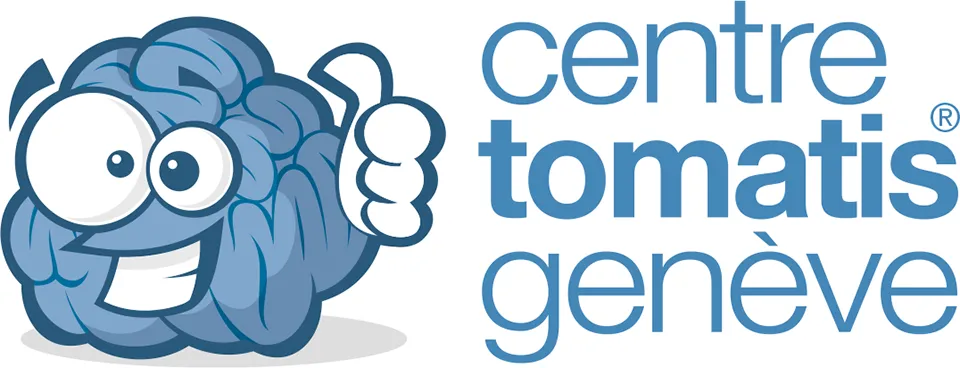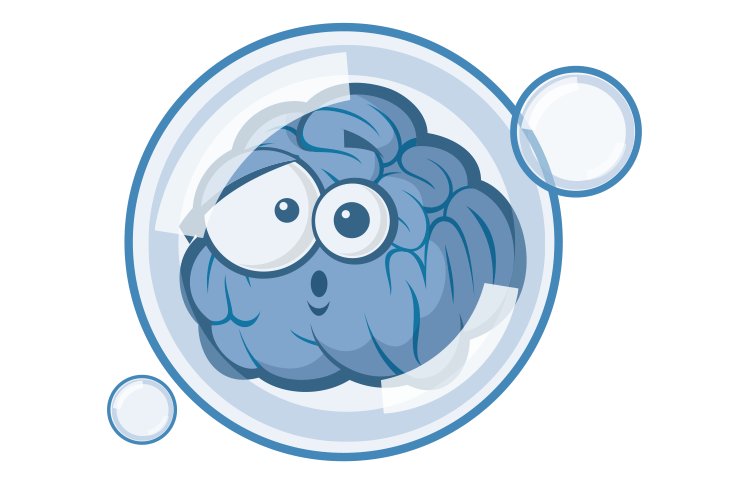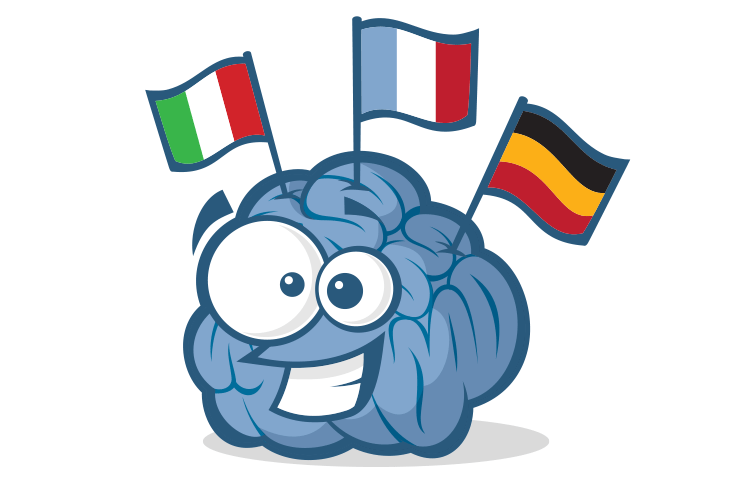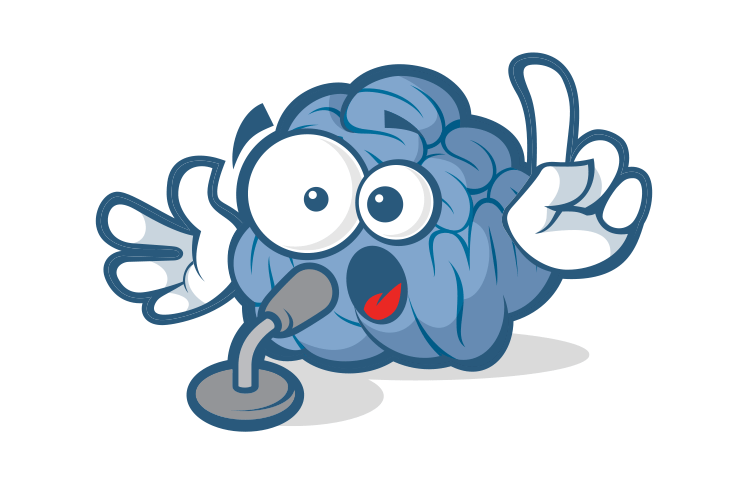Singing voice enhancement
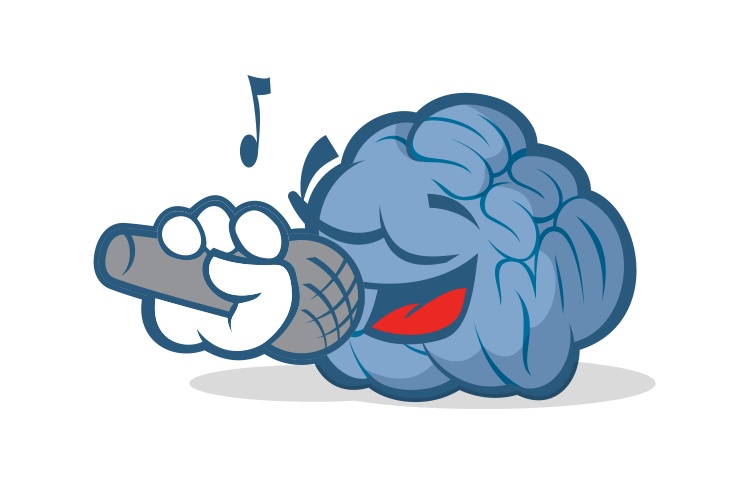
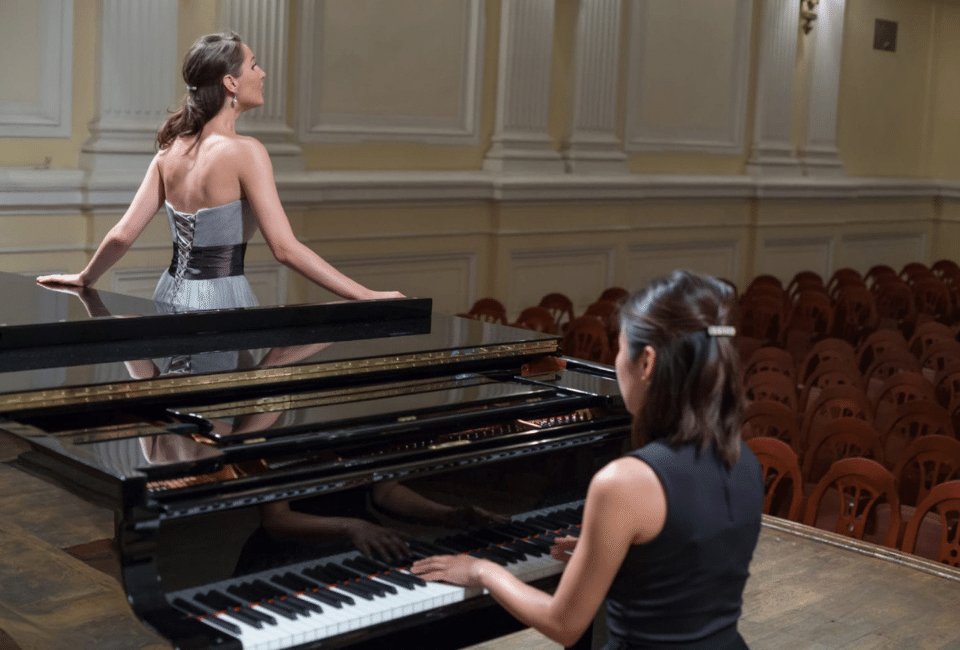
Michel's testimony
My name is Michel, I am a professional opera singer. Following a professional audition during which I sang out of tune without realizing it, I decided to contact the Tomatis practice in Geneva. Mr. Julien Frère, gave me an assessment which turned out to be very useful because it showed a number of problems that I had without knowing it.
So I decided to start the therapy and to be honest I did not believe at all, I had told myself that before I thought of a possible reconversion I had to try everything and I was not disappointed.
On the day of my third passive sitting at home I had a performance at the Opera in the evening and what was not my surprise when I opened my mouth on stage that evening, I had never heard myself like this in my life, everything was balanced then that before there was a vacuum on the side of my right ear but I did not know it was like to be passed from a sound in Mono to a sound in Dolby Surround 7.1, or more!
Tomatis and opera singers
Alfred A. Tomatis, Otolaryngologist, was the first to observe, around 1950, that "we sing through our ears". He had noticed that the factory workers with hearing loss were frequently also distorted in the voice. He also noted that opera singers with voice problems could subsequently suffer from hearing loss. This phenomenon was then scientifically verified and named "Tomatis effect".
The voice contains only what the ear hears
Alfred A. Tomatis
Improved musicality and voice spoken or sung.
Through direct action on the brain mechanism linking perception and action, the fundamental principle of the Tomatis® method is that any modification of the mechanisms concerning the reception and analysis of a sound message will have consequences on how to reproduce this message, whether spoken, Sung or through a musical instrument.
The role of osteophony in the pose of voice
Bone conduction is the reason why a person's voice seems different when it is recorded and reproduced. Because skull bones transmit lower frequencies better than air, people perceive their own voice lower and deeper than others.
Mastering your voice through bone conduction
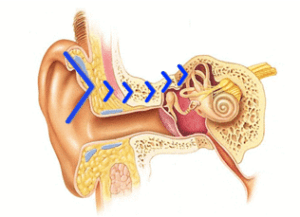
For Tomatis, a quality vocal program does not only require a good listening of the sound message from outside, but also and above all a good self-listening, i.e. the ability to use one's own voice as the sound source to analyse and control in accuracy, intensity and quality.
This self-listening can be performed on condition that the perceived sound vibration is properly regulated by bone conduction which is the path of transmission of the sound by all the bones of the body and in particular by the cranial box.
This bone regulation is itself subject to a harmonious operation of 2 muscles located in the middle ear, whose role is to control and dampen all the vibrations transmitted to the inner ear.
Thus, depending on the vocal problem encountered, the action of this approach may be targeted at:
- The lack or loss of the desire to sing
- Difficulty in speaking or singing easily, without the impression of forcing or pushing on his voice
- The lack of verbal fluidity
- Lack of accuracy and precision
- The lack or imbalance of the stamp, producing voices too deaf, too acute or too nasal
- The lack of expressiveness of the voice, by default of modulation or intonation
- Loss of intensity control, whether by default or excess
